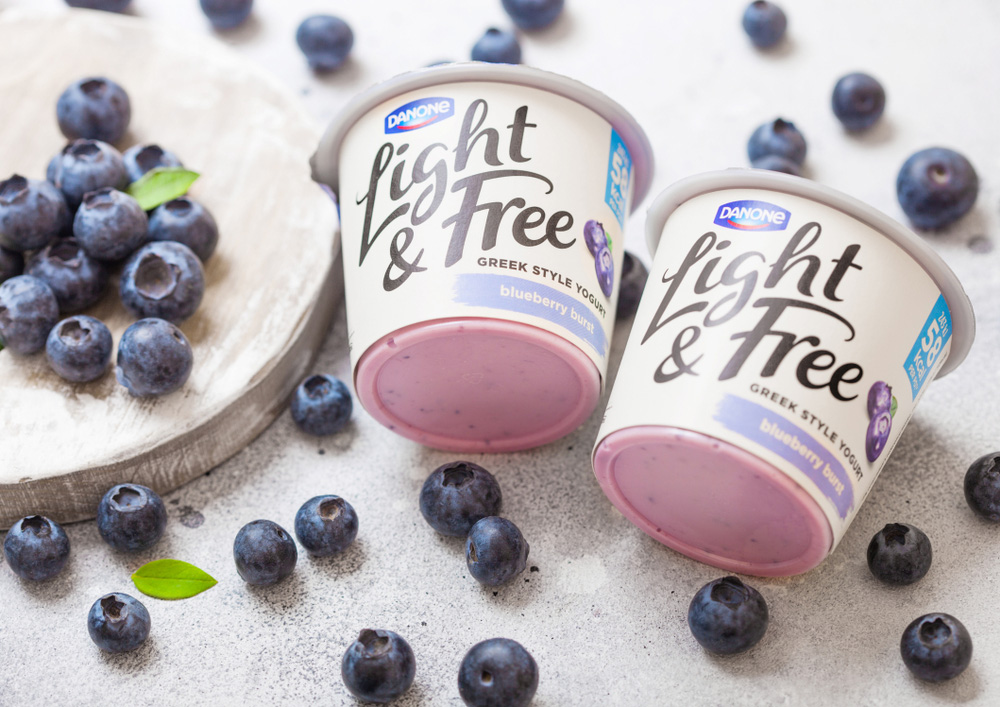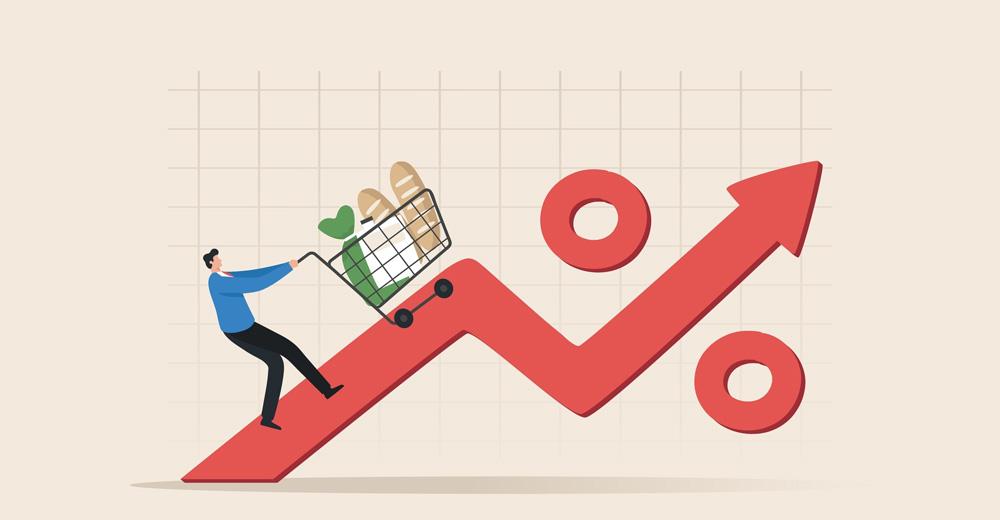The energy crisis and the inflation of raw materials are upsetting the food industry. Manufacturers are forced to review their strategies and streamline their offers. In supermarkets, 80% of the shelves have lost references, which rises to 89% in e-commerce. In other words, the choice is decreasing. More seriously, innovation is decreased. By sacrificing it on the altar of sobriety, manufacturers risk cutting themselves off from some of their consumers.
Contact us for your market research in the food industry
Statistics: a changing food industry
- In the first half of 2022, the offer has decreased by 1.9%. For a traditional supermarket, this represents more than 200 items that have disappeared from the shelves.
- In the first half of 2022, sales volume fell by 2.9%.
- In June 2022, the decline in supply reached 3.4% and contributed to an acceleration of the reduction in supply in the second quarter (-2.9%)
- The decline is even more marked in convenience stores. Their smaller sales area forced them to make drastic choices, which led to a 13.2% reduction in the food offered in June 2022.
- In convenience stores, certain product categories have collapsed
- 22% for organic products
- 17% for fair trade products
- 14% for ecological products
- Sales of organic products are down by 8% over May-July 2022 compared to the previous year.
Summary
- Inflation turns the food industry upside down
- Streamlining means fewer items on the shelf
- Streamlining means less innovation
- Conclusion: where is the food industry headed?
Inflation turns the food industry upside down
As we predicted at the beginning of 2022, the food industry is profoundly changing. Not only are sales declining (e.g., 2.9% in volume in France in the first half of 2022), but consumers are also sometimes making radical choices. The decline in sales reached 8% in volume in May-July 2022. The crisis has hit the organic food industry hard, which has forced consumers to sacrifice their ideals. As it is now customary to say, the end of the month prevails over the end of the world.
The crisis forces consumers to sacrifice their ideals.
In the context of inflation, consumers are now looking for bargains. “First-price” products are up by 5.6% in the first half of 2022. This sudden transition heralds the rise of private labels, which should pick up again in the second half of 2022. Their market share has tended to erode over the last few years, and the inflationary crisis we are going through should boost them.
Streamlining rhymes with fewer references on the shelves
Since the outbreak of the war in Ukraine and the soaring inflation, food manufacturers have made radical decisions to control their costs. First of all, we talked about shrinkflation and cheapflation, 2 techniques which consist respectively in:
- reducing the size of the packaging while keeping the price constant (less product for the same price)
- changing the recipe by using cheaper and lower quality ingredients to keep the cost price down
These measures need to be revised, and we are now witnessing a new phenomenon: streamlining product ranges. In other words, manufacturers are streamlining their product ranges to make them:
- less complex to manage
- less complex and less expensive to produce
In France, for example, Danone has eliminated its Taillefine range and integrated the products into Light & Free.

These streamlining effects are now beginning to be seen in the stores. In France, a country of supermarkets and hypermarkets par excellence, the offer has decreased by 1.9% in the first half of 2022. To put it another way, there are, on average, 1.9% fewer references on the shelves than in 2021. To materialize even more precisely what this represents, this 1.9% decrease corresponds to the following:
- 418 fewer references in hypermarkets (22,000 references proposed at the end of 2021 on average)
- 209 fewer references in supermarkets (11,000 references proposed at the end of 2021 on average)
However, the situation varies depending on the surface area and type of retailer:
- 8.2% in the food and beauty departments of e-commerce websites
- 4.1% in stores of less than 800m².
Space is at a premium (both online and offline). We must keep the consumer with a plethora of options. Consequently, we cut the offer with an axe, proposing only the essential.
Streamlining rhymes with less innovation
The pace of innovation in the food industry has slowed significantly in 2022. We were able to observe this at SIAL 2022. Although plant-based meat was the most important underlying trend in 2022, other innovations were relatively rare compared to other years. This is due to the streamlining policy that is now the norm in the food industry.
Companies are cutting their innovation budget to reduce their fixed costs and thus try to compensate for the increase of their products on the shelves. The strategies implemented are similar (see our article on the subject).
This decrease in innovation raises many questions about the future of food brands.
Conclusion: where is the food industry headed?
Finally, we must question the direction in which the food industry is heading. Of course, sobriety has become imperative for all companies. For the food industry, a clean sweep of product ranges that had become unreadable was necessary. But aren’t we going too fast and too far? In June 2022, 13.2% of the references disappeared from local stores.
Risk 1: losing loyal customers
By streamlining everything, distributors and manufacturers risk confusing their loyal consumers. First, remember that 80% of the food products purchased from one week to the next are the same. Consumers, once convinced by a product, do not change it anymore. Changing the range inevitably leads to a risk of churn. In other words, a customer who can no longer find his favorite product may well:
- switch to a competing brand
- stop shopping in their usual store
The penalty is, therefore, twofold. And the risk, especially for local retailers, is very real.
Risk 2: not gaining market share
The second risk concerns market share. By drastically reducing the budgets devoted to innovation, brands risk seeing their market share stagnate or even atrophy in favor of distributor labels. Winning market share is invariably linked to pricing or differentiation. This is why we should support innovation.
However, innovation must be well thought out, which has not been the case in recent years. 80% of the “innovative” products presented at SIAL in previous years no longer existed in the next edition. Too often, innovation has become an end in itself without consumers being interested in it. By putting the consumer’s interests back at the center, brands have a real chance to counter the price advantage of distributor labels.
Posted in Strategy.



